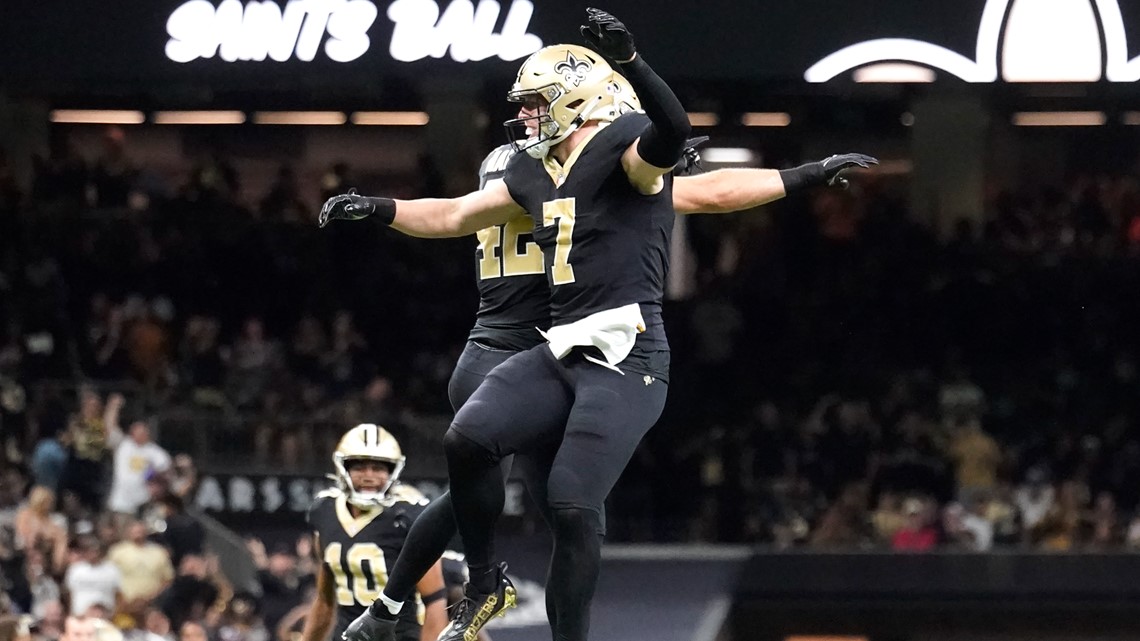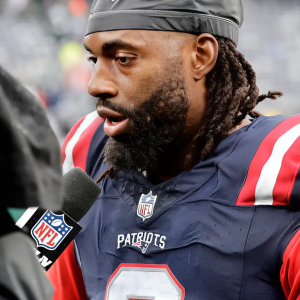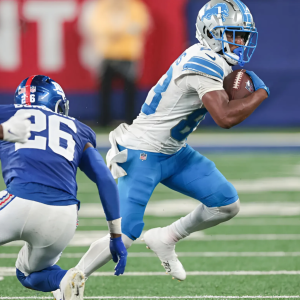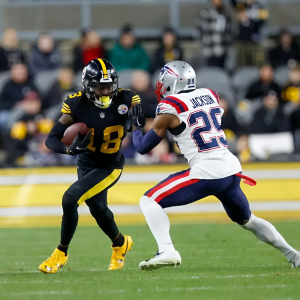The contract adjustments to stay under the salary cap are an yearly tradition for the New Orleans Saints in the offseason. It’s just how they operate, and there isn’t a clear indication that executive vice president and general manager Mickey Loomis is willing to go into a full rebuild — or anything close to it.

However, at some point it makes no sense to just keep kicking the can down the road with a mediocre roster. Sure, the Saints as currently constructed can be competitive in the NFC South. But where does that take them? The fastest path to real Super Bowl contention for New Orleans would probably start with some sort of retooling, cleaning the decks while this version of the team isn’t that good, to have spending power again in two or three years.
“We have to make up some ground,” Loomis said earlier this offseason about the Saints’ cap approach. “There’s no question over a period of time here we’re going to have to make up some ground cap-wise.”
That’s not to say the Saints were wrong when they used cap mechanisms to create more and more cap space while they were truly competitive with Drew Brees. It’s an acknowledgement that this is not a smart strategy anymore when you don’t have a championship-caliber roster.
According to Over the Cap, the Saints are already $88.156 million over in 2025 — that’s projecting a $260 million salary cap. Even if the cap goes up $30 million compared to 2024, to $285 million, that number would still be $63 million over.
So yes, the Saints’ situation got to a point where they can’t simply cut players. Even if they are not happy with the players’ performances, they are forced to keep paying them because they can’t afford the dead money. That’s ultimately the biggest issue with their approach. The team loses more and more flexibility to make the necessary decisions.
How can they clean the decks
The Saints gave all indications that they won’t rebuild now. But for the sake of this exercise, let’s say that they would be willing to do so. The fastest way for New Orleans to get back on the financial track would be to trade veteran players.
The draft compensation wouldn’t need to be that high, but in some cases it helps to unload future guarantees. Moreover, the picks will be important to find young and cheap pieces, even if they aren’t high picks because of the circumstances.
Some cases are easier. The Saints would open up immediate cap space in 2024, therefore allowing them to roll cap space over to 2025. This approach would compensate them for the 2025 acceleration, since they wouldn’t be allowed to keep spreading money to future years after a trade.
Cap savings by trading these players before week 1:
Alvin Kamara

- 2024: $10.582 million ($7.971 million dead money)
- 2025: $18.939 million ($10.138 million dead money)
- Future savings: $4.077 million in 2026 and $1.984 million in 2027
Jamaal Williams
- 2024: $3.15 million ($1.48 million dead money)
- 2025: $1.59 million ($3.04 million dead money)
- Future savings: $1.56 million in 2026, $780k in 2027
In other cases, the Saints would actually lose cap space in 2025, because the acceleration of the money that has already been paid but hasn’t hit the cap yet would be higher than the currently projected cap hits. That’s a tough pill to swallow, no doubt, and the Saints would have to study the availability of certain moves and if they allow them to stay under the cap in 2025.
But if they are able to do so, even losing some cap space next year, that would open significant cap in 2026 and beyond. The acceleration could be bad for now, but it clears the decks in future seasons, which is exactly the point of this management style.
Marshon Lattimore
- 2024: $1.21 million ($14.614 million dead money)
- 2025: -$4.255 million ($35.661 million dead money)
- Future savings: $28.555 million in 2026, $5.442 million in 2027 and $2.758 million in 2028
Cam Jordan
- 2024: $1.21 million ($12.642 million dead money)
- 2025: -$2.424 million ($22.485 million dead money)
- Future savings: $14.924 million in 2026, $5.005 million in 2027, $2.358 million in 2028
Taysom Hill

- 2024: $1.21 million ($7.986 million dead money)
- 2025: -$1.522 million ($19.508 dead money)
- Future savings: $9.723 million in 2026, $3.961 million in 2027
Demario Davis
- 2024: $1.3 million ($7.733 million dead money)
- 2025: -480k ($12.963 million dead money)
- Future savings: $8.73 million in 2026, $2.957 million in 2027, $1.54 million in 2028
What to do with Derek Carr
The quarterback situation is tough because it’s unrealistic to trade or cut Derek Carr now. Even a release or trade in 2025 would leave behind a $40.132 million dead money hit — and just $11.326 million in cap savings. He also has a full no-trade clause, so a release would be certainly the most likely scenario.
To keep Carr in 2025, though, they would have to restructure him again, creating more future problems for a player that probably won’t be around much longer.
Options
While Mickey Loomis is calling the shots, it’s unlikely that the Saints would go through such an extreme process. But that would allow the team to have total flexibility in three years — and some in two.
The most probable outcome is that the Saints will reduce their spending — which they have already done this offseason —, and will push money to future years just when it’s necessary. Eventually, things will go back to normal, unless they find a franchise quarterback to motivate a new spending spree. But that will take more time, and this time can affect a better window for a roster that doesn’t justify the approach.





